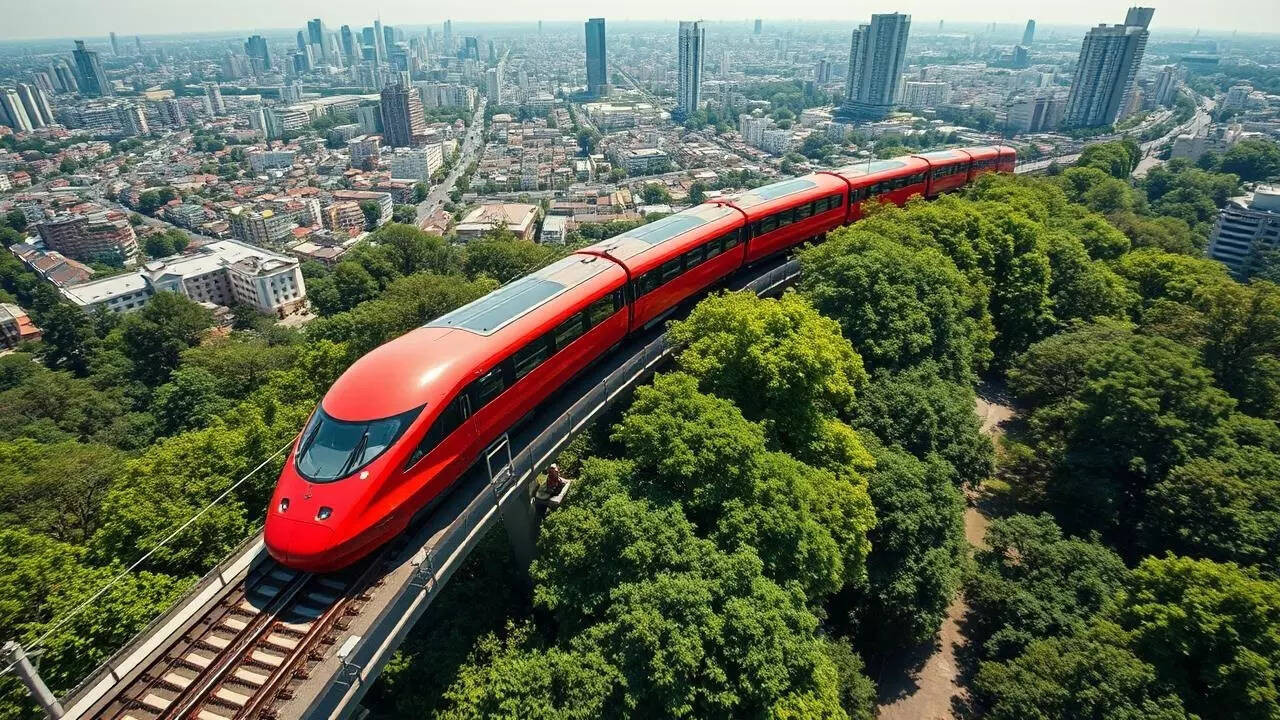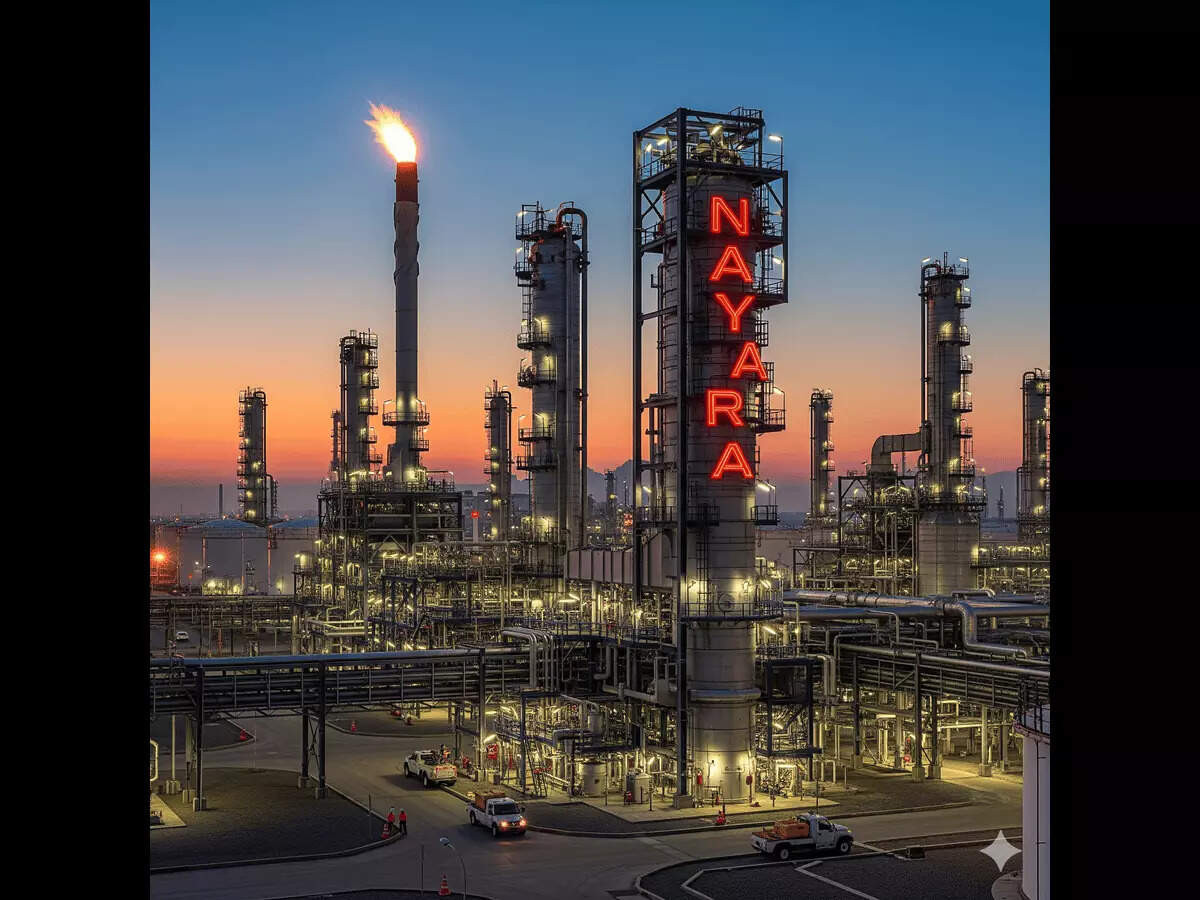India’s first bullet train project, connecting Mumbai and Ahmedabad, is progressing with 300 km of viaducts completed as of June 2025. Despite delays, the first phase is expected to begin by 2028, cutting travel time significantly. Domestically designed high-speed trains are also in development, promising modern amenities and environmental benefits.
China’s Bullet Train Boom: A Glimpse into the Future (and Where India Might Be Headed)
Okay, let’s talk trains. Not your average, chugging-along-at-a-snail’s-pace kind, but the kind that makes you feel like you’re practically flying. We’re talking about bullet trains, and folks, China’s got a serious head start.
I stumbled across a fascinating piece the other day detailing the explosive growth of China’s high-speed rail network. In just 15 years – think about that, a mere blink in infrastructure terms – they’ve built the world’s largest network. We’re talking about connecting sprawling megacities, shrinking distances, and fundamentally altering how people live and work. It’s mind-boggling.
Imagine hopping on a train in Beijing and arriving in Shanghai, over 800 miles away, in just a few hours. Forget agonizing airport security lines, delayed flights, and the general travel day chaos. This is seamless, efficient, and dare I say, sexy travel.
What’s driving this? Simple: ambition, investment, and a relentless focus on progress. The Chinese government poured hundreds of billions of dollars into this project, viewing it not just as transportation, but as a crucial component of their economic development strategy. They realized that fast, reliable transportation unlocks potential, connecting businesses, boosting tourism, and fostering a sense of national unity.
Think about the ripple effects: businesses can expand their reach, entrepreneurs can access new markets, and families can visit loved ones more easily. It’s a powerful engine for growth, and China is clearly reaping the rewards.
The piece got me thinking, naturally, about India. We’re a nation of railway enthusiasts, historically reliant on trains for connecting our vast and diverse landscape. But let’s be honest, our rail system, while extensive, has often struggled with overcrowding, delays, and aging infrastructure.
So, where does India stand on the high-speed rail front? Well, we’ve got the Mumbai-Ahmedabad High-Speed Rail Corridor – the “Bullet Train” project – in the works. It’s a massive undertaking, and frankly, it’s been a bit of a rollercoaster. Land acquisition challenges, environmental concerns, and funding hurdles have all contributed to delays and cost overruns.
Is India behind? Absolutely. But that doesn’t mean we can’t learn from China’s experience. And maybe, just maybe, we can do things a little differently, a little better.
One key difference, of course, is the context. China’s government operates with a level of centralized control and decision-making power that’s simply not possible in India’s democratic and often-messy landscape. Our approach to infrastructure development needs to be more inclusive, more consultative, and more sensitive to the needs of local communities.
And here’s a thought: maybe India doesn’t need to replicate China’s model exactly. Perhaps we can focus on developing a more targeted high-speed rail network, connecting key economic hubs and industrial centers. We could prioritize shorter, more manageable routes that address specific needs, rather than trying to build a sprawling nationwide network all at once.
Furthermore, India has a unique opportunity to leverage its strengths in technology and innovation to develop cost-effective and sustainable solutions for high-speed rail. Imagine integrating renewable energy sources to power the trains, utilizing advanced data analytics to optimize schedules, and employing indigenous materials to reduce construction costs.
The potential benefits of high-speed rail in India are immense. Imagine connecting Mumbai and Delhi in a fraction of the time it currently takes. Think about the boost it could give to our manufacturing sector, the opportunities it could create for tourism, and the overall improvement in connectivity for millions of people.
The key, however, is to approach this challenge with a pragmatic and forward-thinking mindset. We need to learn from the successes and failures of other countries, adapt those lessons to our own context, and build a high-speed rail network that is not only fast and efficient, but also sustainable, affordable, and inclusive.
The journey will be long and challenging, no doubt. But the potential rewards are too great to ignore. China’s rapid ascent in high-speed rail serves as a stark reminder of what’s possible with vision, commitment, and a willingness to invest in the future. It’s time for India to pick up the pace and embark on its own high-speed rail revolution. It won’t be easy, but the future of Indian travel, and perhaps our economy, may very well depend on it.
📬 Stay informed — follow us for more insightful updates!







